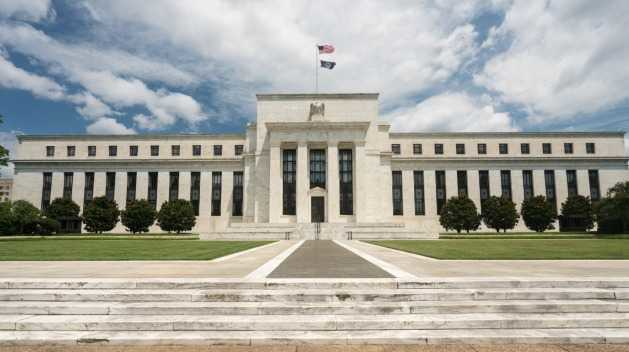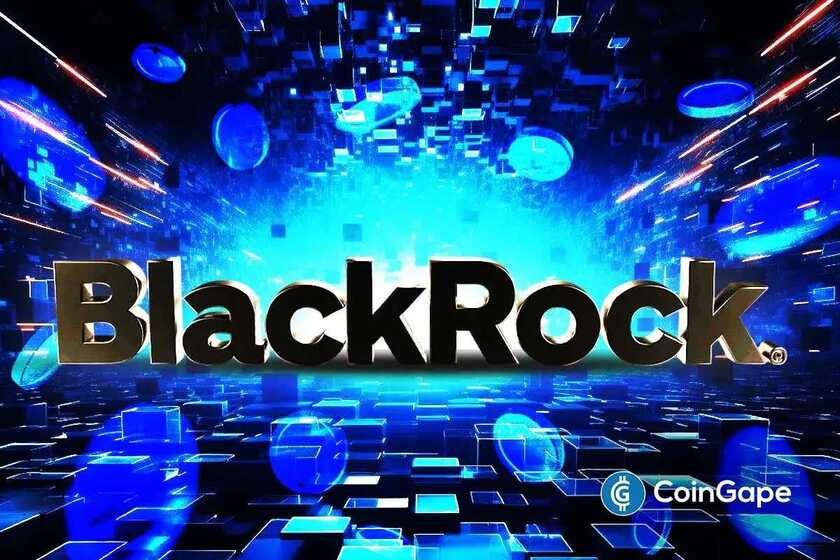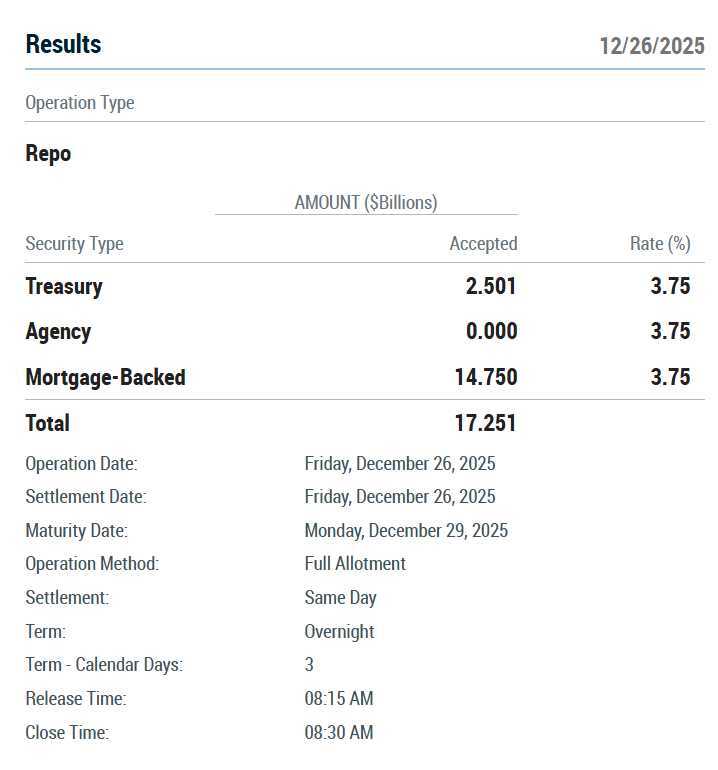Bank regulation gets far fewer headlines than monetary controls, but it has just as much to do with the future of the economy.
Every financial conflagration over the last century has been followed by a soul-searching review of how it could have been prevented, followed by adjustments in regulation that promise things will be better in the future. Inevitably, bank executives are accused of being reckless and taking risks they would not have taken if they just had been subject to even more penalties than they already are. And regulators reluctantly admit they could have done a better job if Congress had given them just a few more powers than the vast constellation they already have.
The Federal Reserve Board’s report on the failure of Silicon Valley Bank overseen by Vice Chair for Supervision Michael Barr follows this script. But as Barr now initiates a new six-month review to overhaul Federal Reserve bank supervision, an uncharacteristic rift at the Fed has appeared.
In a speech made in Salzburg, Austria, Fed Governor Michelle Bowman threw cold water on the vice chair’s prior assessments and, by implication, his future review. Having apparently exhausted her collegial patience within the inner walls of the Fed, she publicly called for an independent review by a third party of recent bank failures, given that much of the work on the SVB report “was prepared internally […] relying on a limited number of unattributed source interviews.” She revealed that it was the work product of only one board member, with no opportunity for review by other Fed governors prior to its highly anticipated public release.
Expectations for any meaningful corrective action coming out of any new review by the Fed should be low. Barr has said that the Fed will rely heavily on, among other things, his SVB report and a 2009 report from the New York Fed on the future of supervision. The former dodges many of the main issues the bank’s collapse raised while straining to blame the prior administration for the supervisory lapses by its San Francisco Bank over the last three years. The latter has a lofty consultant’s feel that suggests dealing with systemic risk culturally and psychologically, a perspective that Barr explains intrigues him because some of the most important work that he has done has been “in collaboration with a behavioral economists.”
Governor Bowman correctly argues that there are more critical questions at stake beyond the perennial go-to issue of the appropriate level of bank capital. While she doesn’t say it, it is apparent that the country’s financial stability relies on the effectiveness of a nearly 100-year-old system of financial oversight that is hopelessly out of date. Since regulation turns on what a financial company calls itself rather than what it does, shadow banks like nonbank lenders, fintechs, crypto companies and various funds produce much of the financial risk in the system but go largely unregulated. That disconnect between risk and regulation has become an increasingly significant threat to the U.S. economy.
Bowman’s speech raises questions of regulatory transparency and effectiveness — a great question given that the Fed Board and its staff in Washington, D.C., write bank rules, orchestrate interest rates and oversee the supply of money while its 12 Federal Reserve Banks regulate and lend to members whose CEOs sit on the boards of those reserve banks. This arcane structure slavishly relies on historic data and financial proxies such as stress tests, capital ratios and liquidity requirements, which come up short in terms of actually anticipating and preventing financial disasters.
To put a finer point on it, if Google or Meta regulated banks, they would bring vast amounts of technological firepower and huge databases to bear in real time to make policy decisions that impact the present and future health of financial companies. Nothing close to that happens today.
Vice Chair Barr has recently joined Congress and the chorus of bank critics in suggesting that greater executive accountability is needed, notwithstanding that banking is a business where executive accountability is surpassed by no other. Fair enough, but there should be no less a standard of accountability for regulators that fail to do their jobs. So far, there is no evidence of that. Moreover, the board itself now seems to be at odds over the reliability of the facts that have been presented to the public about the SVB collapse.
Given the narrow escape the banking system just had, we need a credible, independent evaluation of the current strengths and deficiencies of the current Fed’s system of oversight and how it can be far better prepared for the next crisis. Better yet, we need a bipartisan set of recommendations on how to reconstruct a comprehensive financial regulatory system that can effectively deal with the risks and rewards of the 21st century. I am not holding my breath for either.
Thomas P. Vartanian is the author of “200 Years of American Financial Panics” and “The Unhackable Internet.” He is a former federal bank regulator, and currently executive director of the Financial Technology & Cybersecurity Center.




























